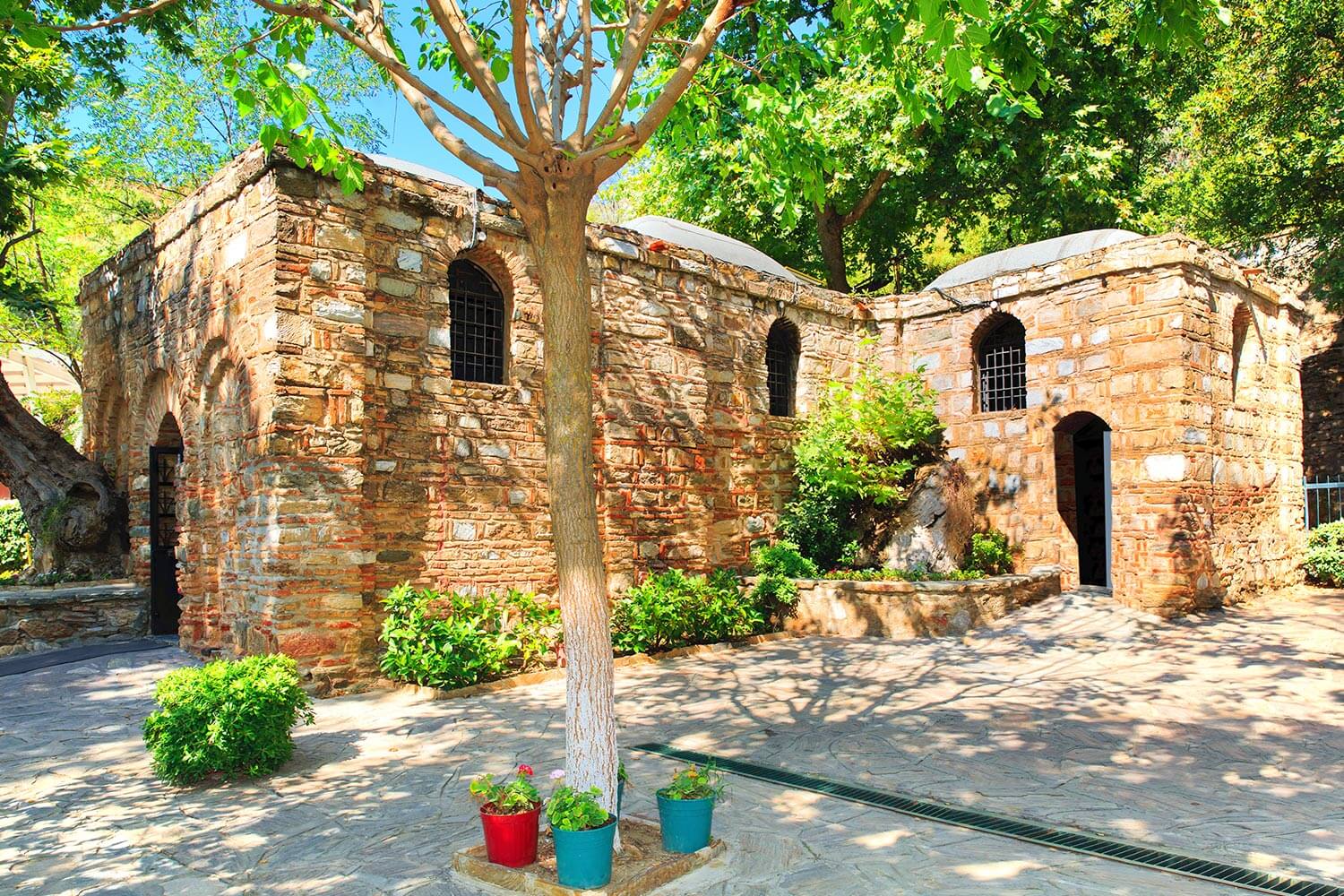Ephesus, located near the modern town of Selcuk in present-day Turkey, was an ancient Greek city. It was one of the twelve cities of the Ionian League during the Classical Greek period and later became a significant city in the Roman Empire.
Historical Significance:
- Ephesus was founded in the 10th century BC by Attic and Ionian Greek colonists.
- It was famed for the nearby Temple of Artemis (completed around 550 BC), which was one of the Seven Wonders of the Ancient World. Unfortunately, only a single column remains of the temple today.
- Ephesus was also renowned for its Library of Celsus, an ancient Roman building that was constructed in honor of a Roman Senator named Celsus Polemaeanus, who was also the governor of Roman Asia.
- The city was an early center of Christianity, visited by Saint Paul, who was eventually expelled from the city. It’s also believed to be the city where the Gospel of John may have been written.
Modern Significance:
Today, Ephesus is a popular tourist destination, renowned for its large collection of Roman-era ruins. The ancient city was added to the UNESCO World Heritage List in 2015. Some of the most notable ruins include:
- The Library of Celsus: The facade of this Roman library has been carefully reconstructed from its original pieces.
- The Grand Theater: This massive open-air theater could seat up to 25,000 people and was used for dramas, concerts, and gladiatorial combats.
- Temple of Hadrian: This is one of the best-preserved and most beautiful structures on Curetes Street. It was built before 138 A.D. by P.Quintilius and was dedicated to Emperor Hadrian.
- Terrace Houses: These are the luxurious houses on the slope of Bulbul Mountain. They provide significant insight into family life during the Roman period.
- The Marble Street: This was the main street of Ephesus, connecting the Grand Theater to the Celsus Library and the harbor.
Visitors today can walk the same streets once trodden by historical figures, gaining a sense of the grandeur of this ancient city.










